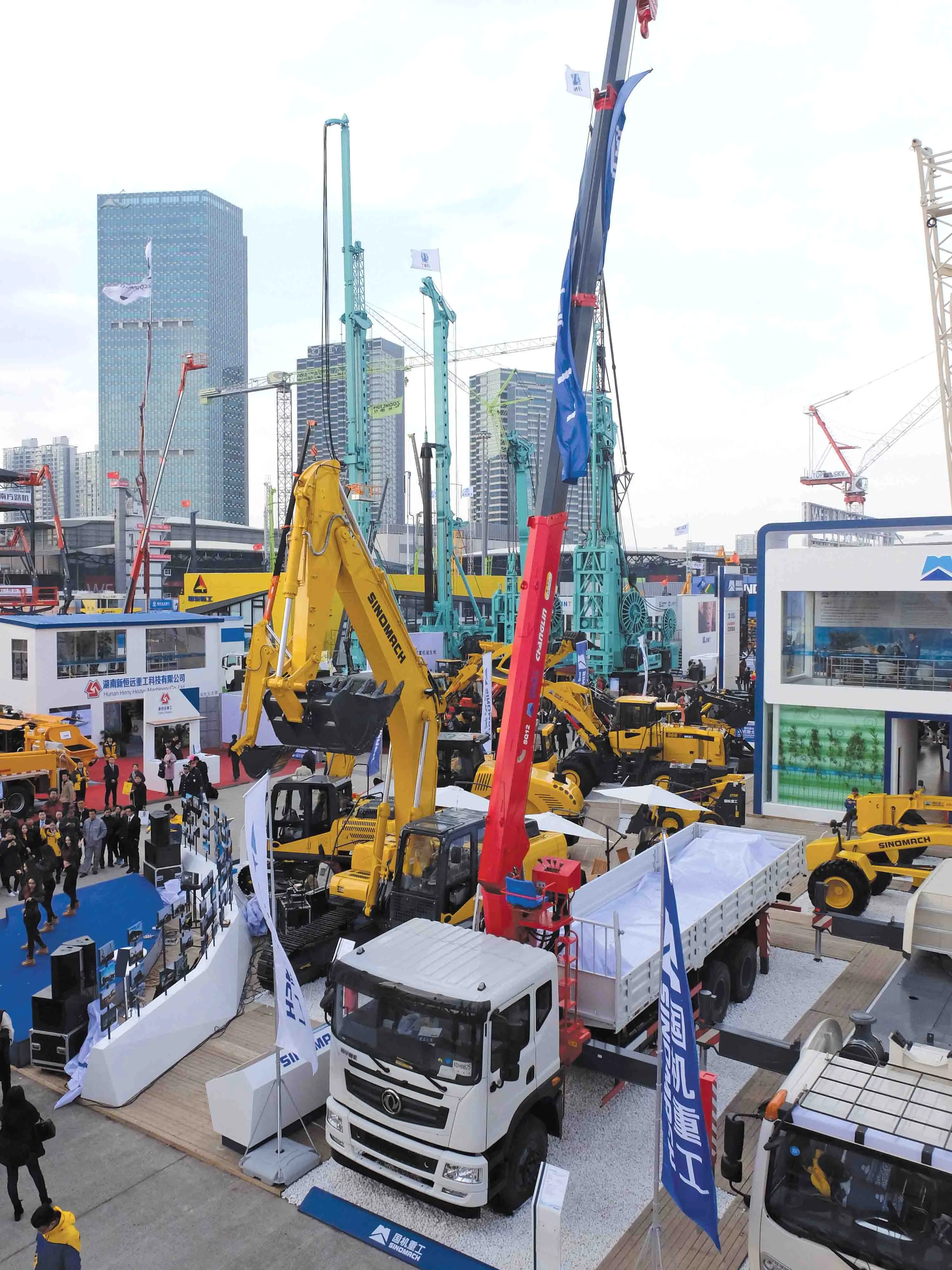Organisers say that despite the economic crisis the proportion of international exhibitors at CTT Moscow remained steady. The annual Russian construction machinery trade fair, organised by IMAG (the international arm of the Messe München Group which organises Bauma) in cooperation with Media Globe, attracted 580 exhibitors, and while this was less than in 2008, the international proportion among them remained steady with 170 companies from Western Europe taking part, including 70 German companies.
July 13, 2012
Read time: 1 min
Organisers say that despite the economic crisis the proportion of international exhibitors at 5848 CTT Moscow remained steady.
The annual Russian construction machinery trade fair, organised by1105 IMAG (the international arm of the 3995 Messe München Group which organises 688 Bauma) in cooperation with 1106 Media Globe, attracted 580 exhibitors, and while this was less than in 2008, the international proportion among them remained steady with 170 companies from Western Europe taking part, including 70 German companies.
"Interest on the visitor side was stronger than expected, with 18,000 trade visitors in attendance, and the exhibitors reported a generally good fair overall," say the organisers.
"The tremendous growth in visitor and exhibitor numbers participating in this event over recent years bears witness to the ongoing high level of interest in the Russian market on the part of the international construction machinery sector."
In 2000, 43 exhibitors took part in CTT Moscow compared to 820 in 2008. Visitors rose from 4,100 in 2000 to 29,730 by 2008.
The annual Russian construction machinery trade fair, organised by
"Interest on the visitor side was stronger than expected, with 18,000 trade visitors in attendance, and the exhibitors reported a generally good fair overall," say the organisers.
"The tremendous growth in visitor and exhibitor numbers participating in this event over recent years bears witness to the ongoing high level of interest in the Russian market on the part of the international construction machinery sector."
In 2000, 43 exhibitors took part in CTT Moscow compared to 820 in 2008. Visitors rose from 4,100 in 2000 to 29,730 by 2008.






